The streets of Harajuku have long served as a runway for Tokyo's most daring fashionistas, where the art of layering transcends mere functionality to become a form of self-expression. What began as a grassroots movement among rebellious youth has evolved into a globally recognized aesthetic language—one that continues to redefine contemporary streetwear. At its core, Harajuku layering isn't about following rules but breaking them with intentional chaos, creating visual narratives through fabric collisions that would make conventional stylists shudder.
Walking through Takeshita Street on a Sunday afternoon reveals the living manifesto of this philosophy. Neon-haired girls pair Victorian lace blouses with distressed denim jackets, while boys sporting face gems layer oversized rugby shirts over cropped trench coats. The magic lies not in any single garment but in the deliberate tension between textures—a waffle-knit turtleneck peeking beneath a translucent mesh top, or a silk kimono sleeve brushing against a leather biker jacket. These aren't outfits constructed for practicality but wearable mood boards that challenge seasonal norms.
The climate of Tokyo itself becomes an unwitting collaborator in this sartorial rebellion. Unlike Western layering that responds to harsh winters, Harajuku style thrives in humidity, where sheer materials and breathable cottons create ventilation amidst the chaos. Locals have mastered the physics of airflow, constructing outfits that appear impossibly heavy yet remain surprisingly comfortable. A typical ensemble might involve five visible layers yet feel lighter than a single wool sweater—a trompe l'oeil effect achieved through strategic placement of weightless fabrics like chiffon and organdy.
What outsiders perceive as randomness actually follows an intricate visual grammar. The Harajuku layering manifesto operates on the principle of "calculated imbalance," where proportions are deliberately skewed to create dynamic silhouettes. A floor-length cardigan might be anchored by thigh-high socks, or an enormous puffer jacket balanced with skin-tight leggings. This creates what stylists call "the snow globe effect"—where garments appear to float around the body in suspended animation, each piece moving independently yet contributing to a harmonious whole.
Texture warfare has become the movement's signature. Purposely clashing materials—like pairing a slick vinyl skirt with a nubby hand-knit sweater—creates tactile tension that demands closer inspection. The most advanced practitioners employ "fabric sandwiches," inserting unexpected textural elements between conventional layers. A common technique involves placing a crisp men's dress shirt between a slinky slip dress and a fuzzy shearling vest, creating a sensory journey that unfolds as the wearer moves.
Color stories in Harajuku layering follow dream logic rather than Pantone rules. While Western fashion often builds monochromatic foundations, Tokyo's street stylists treat color like abstract expressionist painters. A single look might incorporate seven clashing hues somehow rendered cohesive through strategic placement. The key lies in creating "color bridges"—repeating a single shade in different layers to guide the eye. A turquoise sock might echo a hair streak that previews an undershirt's piping, forming a visual breadcrumb trail through the chromatic chaos.
Accessories don't merely complement Harajuku layers—they invade them. Chains weave through belt loops and around necks simultaneously, while multiple handbags often hang from a single shoulder like urban saddlebags. Hats stack precariously atop one another, and gloves fingerless at different lengths create additional micro-layers. This accessory bombardment follows the "90% rule"—the outfit should appear 90% complete before adding jewelry and accents, which then push it into glorious excess.
The community has developed an entire vocabulary around layering mishaps. "Fabric avalanches" occur when too many heavy textiles collapse into visual noise, while "layer ghosts" describe forgotten garments hidden beneath more dominant pieces. Seasoned practitioners can spot a "desperation layer"—an item added solely for warmth that disrupts the aesthetic—from across the crowded Shibuya scramble. These terms circulate through fashion forums and zines, creating a shared language that reinforces the subculture's boundaries.
Contemporary Harajuku layering has begun absorbing digital aesthetics into its DNA. Cyberpunk influences manifest in LED-embedded hoodies worn under deconstructed blazers, while virtual fashion concepts translate into iridescent fabrics that change appearance under smartphone flashes. Some avant-garde collectives have started tagging outfits with QR codes linking to digital layer tutorials—a postmodern twist on the neighborhood's tradition of sartorial mentorship.
As global fast fashion attempts to commodify Harajuku style through pre-packaged "layer looks," the originators have moved into more radical territory. Underground ateliers now create garments specifically designed for layering—jackets with twelve armholes, dresses with removable midsections, pants that transform into skirts through zippered panels. This innovation ensures the style remains several steps ahead of corporate copycats, preserving its status as a living art form rather than a consumable trend.
The true genius of Harajuku layering lies in its inherent democracy. Without reliance on luxury labels or seasonal collections, practitioners create high-fashion impact through thrift store finds and hand-altered basics. A teenager's weekend ensemble might reference Comme des Garçons proportions while costing less than a department store blouse. This accessibility fuels constant reinvention, ensuring the streets remain Tokyo's most dynamic catwalk—where the only rule is that rules were made to be layered upon.
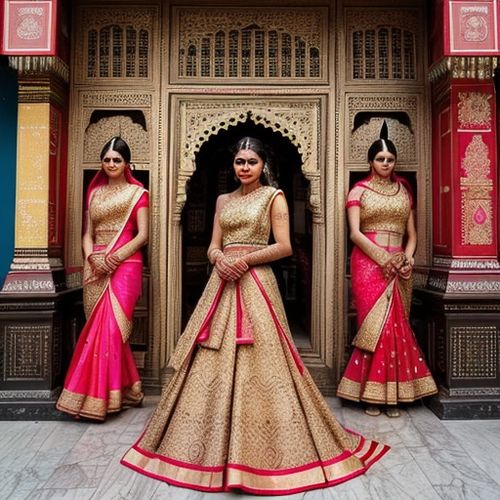
By Michael Brown/Apr 27, 2025

By Sophia Lewis/Apr 27, 2025

By Noah Bell/Apr 27, 2025
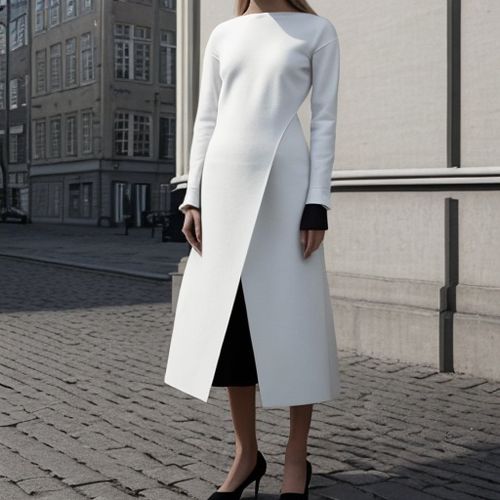
By Daniel Scott/Apr 27, 2025
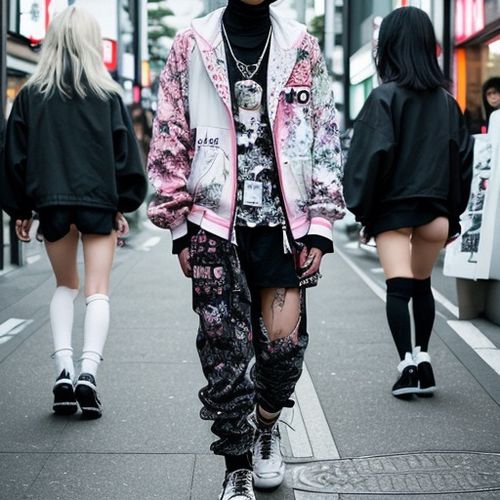
By James Moore/Apr 27, 2025
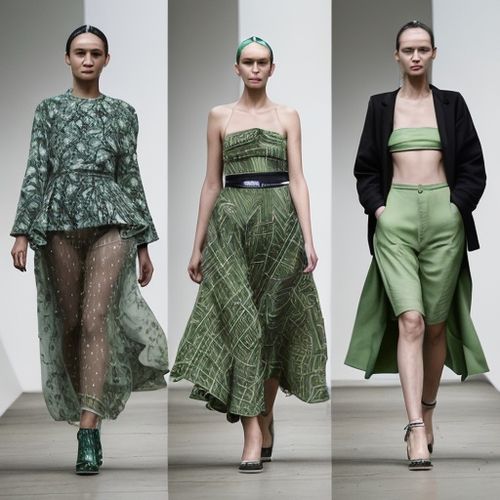
By Megan Clark/Apr 27, 2025
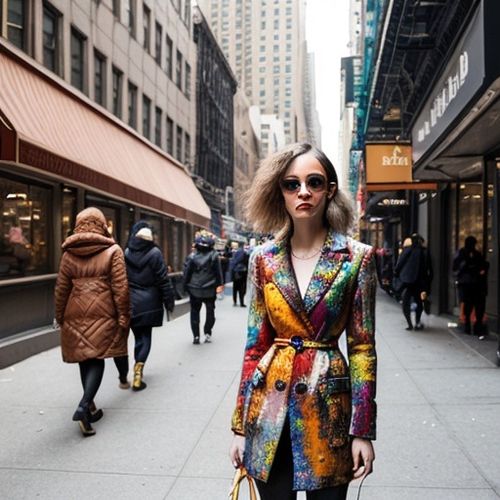
By Samuel Cooper/Apr 27, 2025
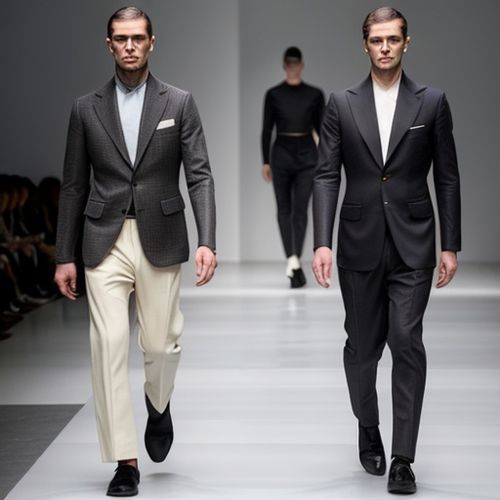
By Emily Johnson/Apr 27, 2025
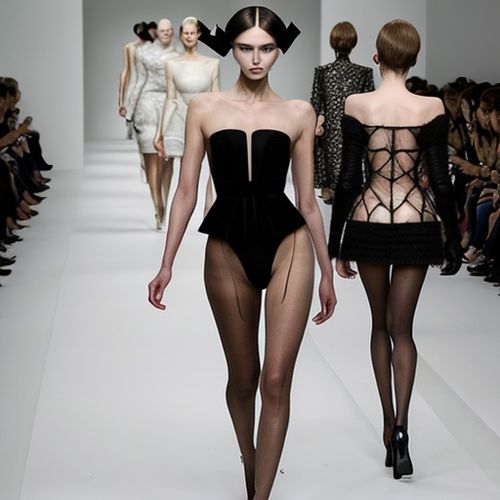
By Lily Simpson/Apr 27, 2025

By Emily Johnson/Dec 22, 2024

By Christopher Harris/Dec 22, 2024

By Joshua Howard/Dec 22, 2024

By Victoria Gonzalez/Dec 22, 2024

By Thomas Roberts/Dec 22, 2024

By Benjamin Evans/Dec 22, 2024